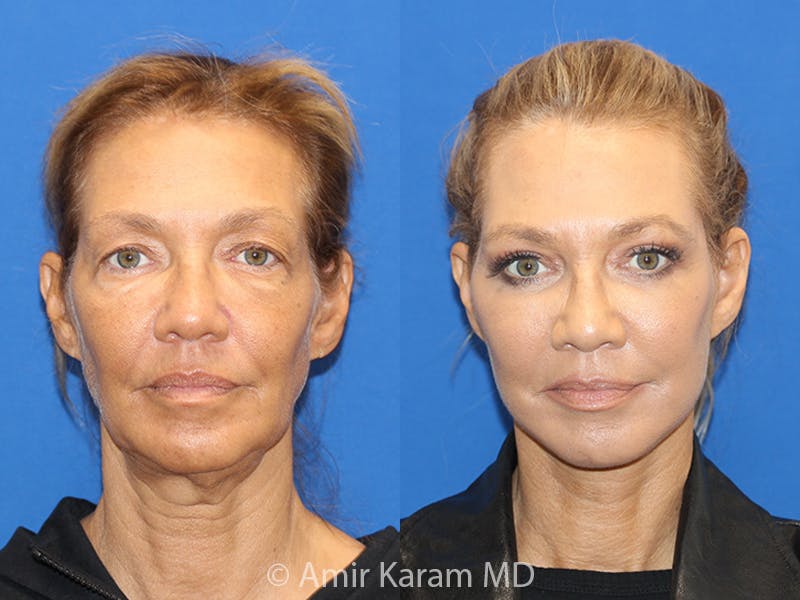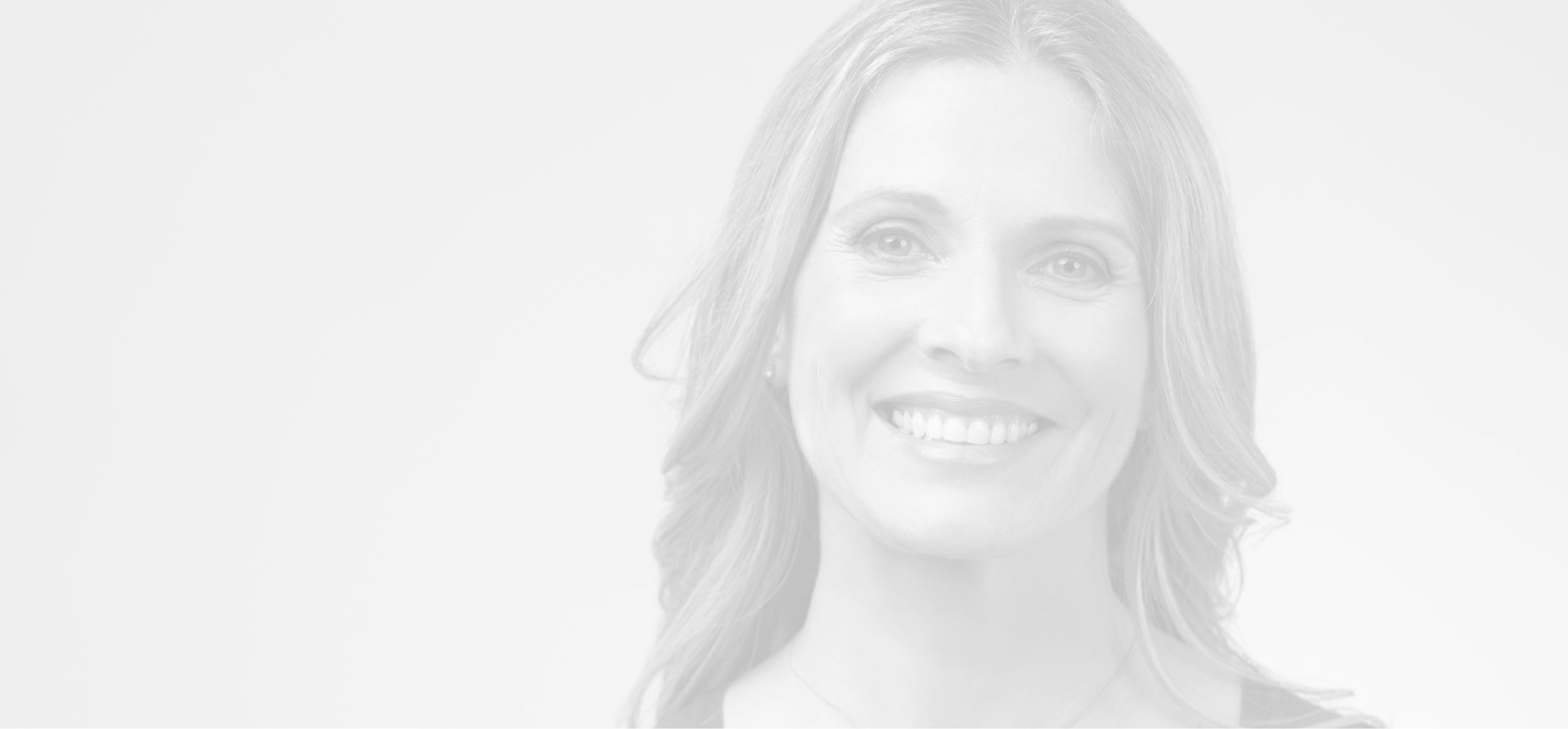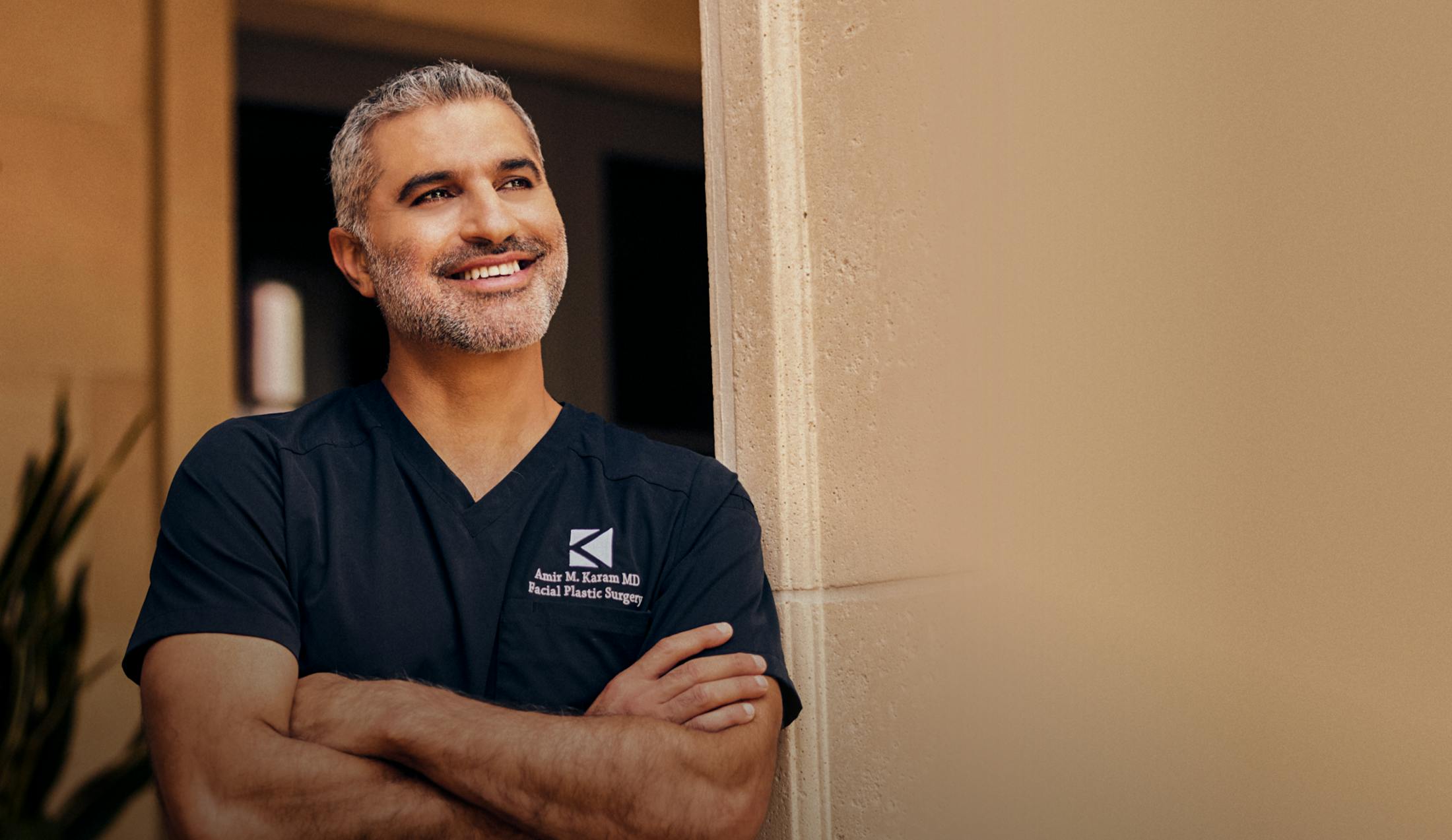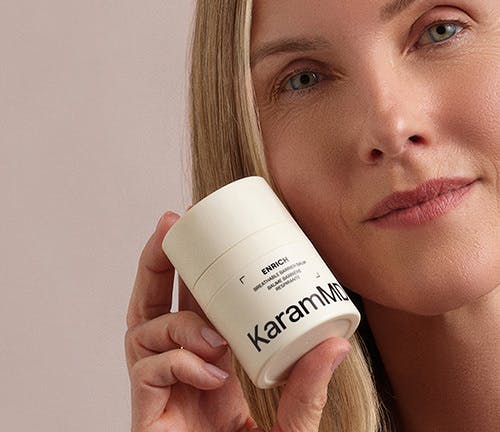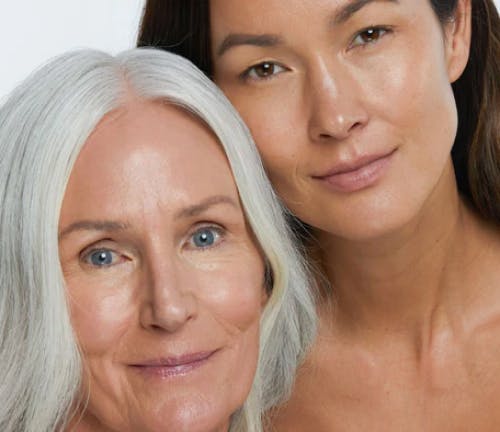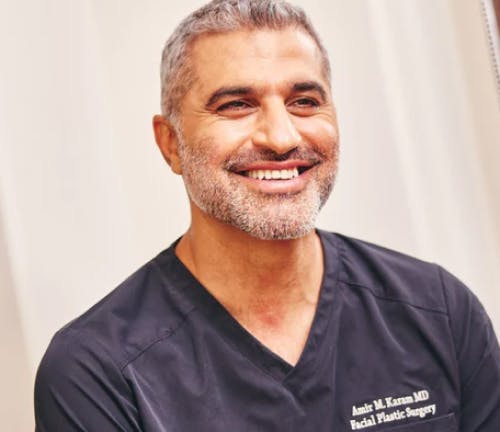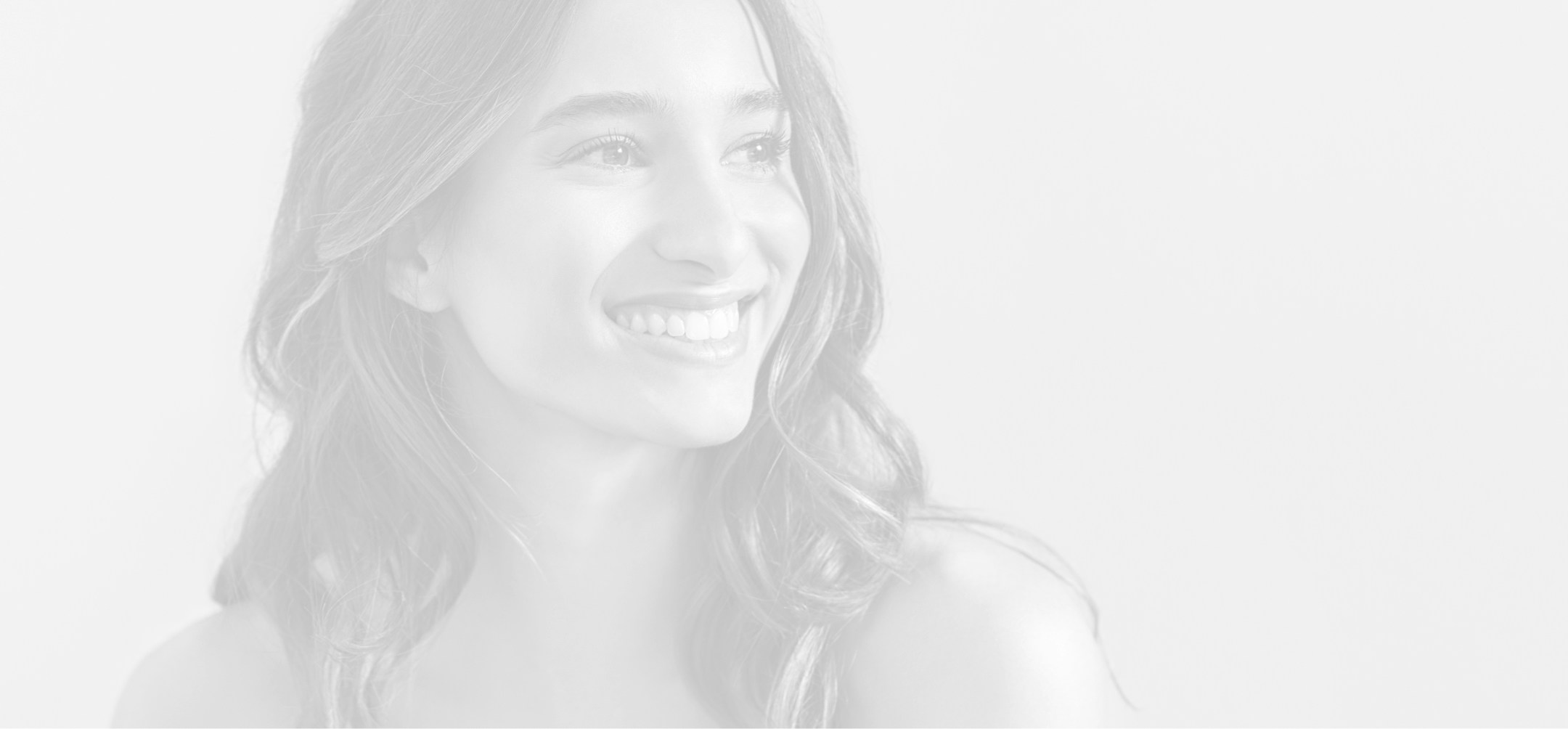Facial aging happens to all of us and when it does, our faces can start to look different from the appearance we’re used to in a relatively short period of time. Put simply, the aging process can cause our faces to begin showing our true age, keeping us from looking as youthful and vibrant as we’ve always felt. If this sounds like you, the comprehensive and highly customizable Vertical Restore® procedure is here to help.
The Facial Aging Challenge
As you age, your face slowly transforms from the rough shape of an upside-down triangle to that of a rectangle. This change occurs as the fascia in the face (also known as the “SMAS”) starts to elongate, or droop and descend. This leaves the face looking different than it did during youth, and is responsible for that visible change in the aging face.
This shift in shape is the core problem with facial aging, and addressing it is the most important and impactful way to create satisfying results. A key component in creating an ideal solution involves a keen understanding of the problem. Think of the facial fascia as cooking dough: If you hold up the dough and let it hang, it will elongate with the help of gravity.
The same thing happens to the face, over time. The fascia (or the dough, in this metaphor) is getting longer. This change occurs from the top down, and eventually impacts the entire face.
By addressing the entire face at the same time, Dr. Karam is able to create results that appear naturalistically restored.
- The upper face starts to sag around the outer eyes, leaving them looking heavy and crowded in the corners.
- The midface starts to descend toward the nose, leaving the cheeks looking deflated and making the nasolabial fold heavier.
- As the cheeks sag, jowls are formed. This is often the most notable change, leaving the jawline looking square and heavy instead of oval and lean. This results from the cheeks falling and hanging over the jawline.
- Sagging and heaviness in the neck often follow facial sagging. Your cheeks work to actively support your neck, so they tend to change in tandem. Fat also tends to accumulate under the chin, giving the neck a heavy appearance.











